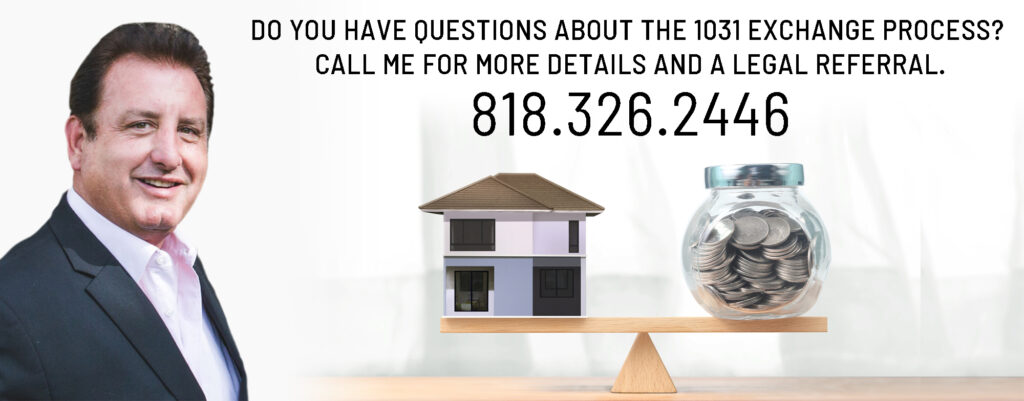
The four basic requirements for a successful exchange
Property Qualifications
The internal revenue code states that the properties involved in an exchange must be held for productive use in trade or business or for investment, and they must be “like-kind”.
Timeline
The IRS provides a maximum of 180 days to complete an exchange. The timeline begins upon the close of escrow (COE) of the relinquished property. The new property (or properties) must be acquired on or before midnight of the 180th day. No exceptions! In addition, the IRS requires that all potential replacement properties be identified by midnight of the 45th day of the exchange.
Identification
Identification of all potential replacement properties is required on the 45th day of the exchange. Identification must be in writing and the description of the properties must be unambiguous. The IRS provides two rules for identifying replacement property:
1. THE 3 PROPERTY RULE
The 3 Property Rule allows for identifying more than three properties, of any price, anywhere in the United States.
2. THE 200% RULE
The 200% Rule is an option for identifying more than three properties. With the 200% Rule, four or more properties can be identified. However, the combined value of all properties identified cannot exceed 200% of the property sold.
Tax Deferral
To defer 100% of all capital gains tax liability, two requirements must be met.
1. Reinvest all Cash – all the cash that was generated from the sale of the relinquished property must be reinvested into the new property or properties.
2. Purchase Equal or Greater Value – the new property (or properties) must be equal or greater in value to the property sold.






